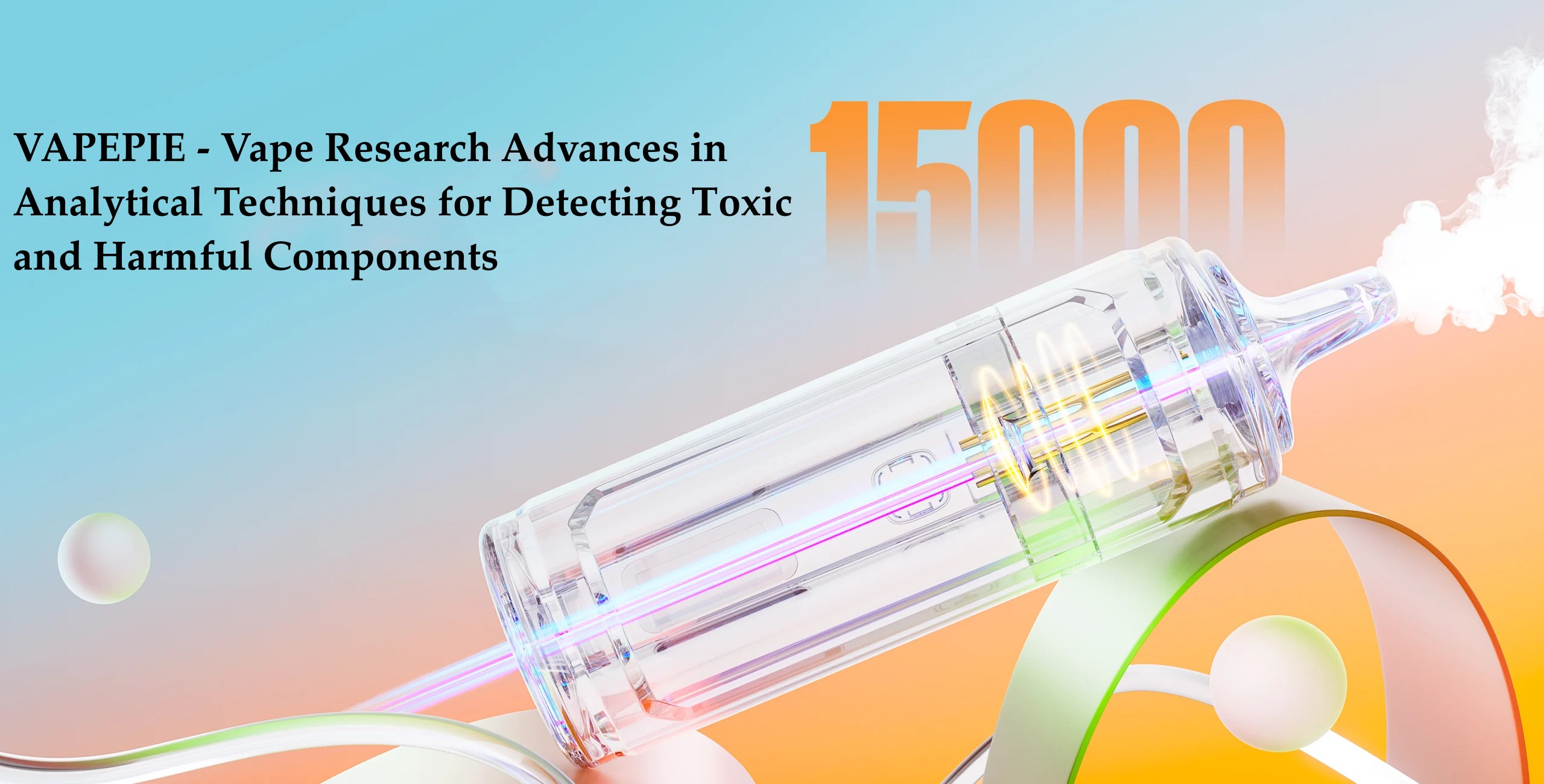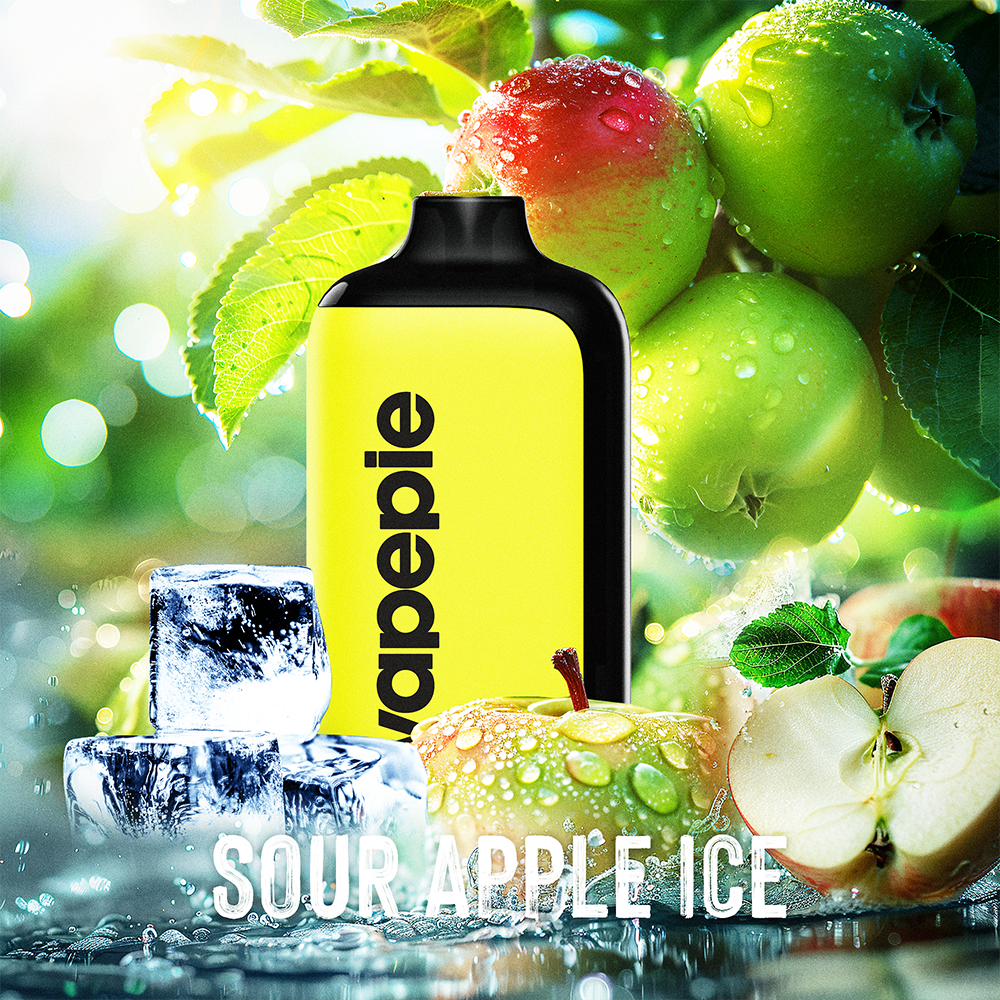
ARE YOU OF LEGAL VAPE AGE?
Please confirm that you are of legal age to purchase vaping products to access our site.

Please confirm that you are of legal age to purchase vaping products to access our site.
Some items are no longer available. Your cart has been updated.
This discount code cannot be used in conjunction with other promotional or discounted offer.
Abstract: Vape, as novel nicotine delivery systems, contain various food-grade or non-food-grade additives in their e-liquids and aerosols. Illicit addition of toxic/harmful substances further endangers consumer health. This review summarizes recent progress in identifying e-cigarette toxicants, sample pretreatment methods, and detection technologies, while outlining future research directions to strengthen regulatory oversight.
Electronic cigarettes (Vape), also termed virtual cigarettes, utilize atomizers to aerosolize chemical constituents from e-liquids, simulating conventional cigarette smoking [1-2]. Recently, illicit actors have added psychoactive substances to e-liquids—marketed under deceptive claims like "enhanced," "more satisfying," or "legal high"—creating illegal production and distribution chains that threaten public health and social order.

This article comprehensively reviews the physicochemical properties, toxicology, and analytical methodologies for toxicants in Vape, aiming to support evidence-based regulation and combat narcotics-related e-cigarette crimes.
Vape are battery-powered devices that heat e-liquids into inhalable aerosols. Primary constituents include nicotine/nicotine salts, humectants (e.g., propylene glycol, glycerol), sweeteners (e.g., sucralose, acesulfame), and flavorants. Toxic components are categorized as:
Nicotine (C₁₀H₁₄N₂), a highly addictive alkaloid, rapidly enters circulation via inhalation, stimulating the central nervous system [6]. China's mandatory standard GB41700-2022 limits nicotine to ≤20 mg/g in e-liquids.
These plasticizers migrate from packaging materials into e-liquids. As endocrine disruptors, they impair reproductive function.
Compounds like phenol, hydroquinone, and bisphenol A irritate respiratory/dermal systems and are carcinogenic. Bisphenol A is a recognized endocrine disruptor.
Eight low-molecular-weight carbonyls (formaldehyde, acetaldehyde, acrolein, etc.) are priority toxicants. Formaldehyde, acetaldehyde, and acrolein are IARC-classified carcinogens. Studies detect formaldehyde and acetaldehyde in 100% of tested e-cigarette aerosols [Goniewicz et al.].
Pb, As, Cr, Hg, Ni, Cd, and Sb leach from metal components (coils, tanks, wiring). Bioaccumulation causes enzyme inhibition and chronic toxicity.
3.6 Illicit Drug Additives
Substances like etomidate, synthetic cannabinoids (SCs), and methamphetamine are covertly added to create "spiked Vape." SCs mimic Δ9-THC effects, while etomidate exploits sedative properties.
Complex matrices and trace analytes necessitate advanced pretreatment:
Advantages: High sensitivity, resolution, and multi-analyte capability.
Limitations: Costly instrumentation, complex sample prep.
| Method | Conditions | Linear Range | LOD |
|---|---|---|---|
| HPLC-PDA | Kinetex Evo C₁₈; ACN/NaHCO₃ (pH 10.0) | 0.78–50 μg/mL | 0.07 pg/mL |
| UHPLC-DAD | BEH C₁₈; Ammonium borate (pH 9.0)/ACN | – | 0.49 pg/mL |
| GC-MS | DB-5MS column | 0.01–1.00 mg/mL | 0.4 pg/mL |
| Method | Analytes | LOD | Linear Range |
|---|---|---|---|
| HPLC-MS/MS | 58 SCs | 0.5–1 pg/g | – |
| GC-MS | ADB-BRINACA | – | 2929 mg/L (avg) |
| GC-MS | 9 Indazole SCs | 0.04–0.25 μg/mL | – |
Vape deliver nicotine similarly to combustible cigarettes but harbor significant toxicants—including carcinogenic carbonyls, endocrine disruptors, heavy metals, and illicit drugs—that damage neurological, respiratory, and reproductive systems. While advancements in SPE/SPME-LC/GC-MS methods enable sensitive detection (LODs to pg/mL), challenges remain:

Comment